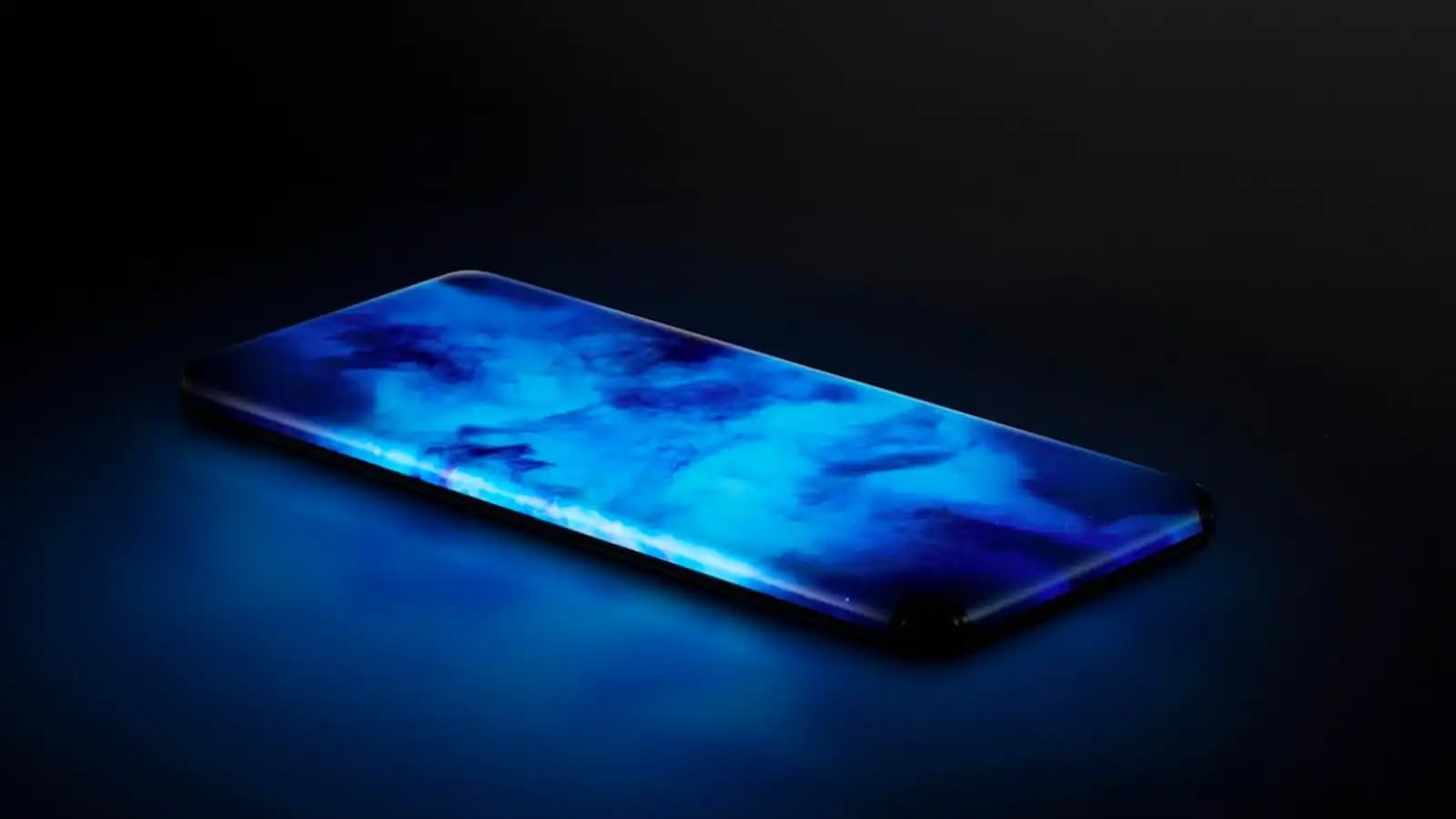Explained: Difference between touch sampling rate and refresh rate in smartphones
Smartphones are getting smarter with every new device that is released. While we do see a faster processor, a bigger battery and a more efficient camera system on premium smartphones these days, we also see displays getting better with a higher screen refresh rate and touch sampling rate.
Smartphones such as the iQoo Z5, Asus ROG Phone 5, Samsung Galaxy M52, Mi 11x, Mi 11x Pro, OnePlus 9 series and the Realme GT 5G series have made a strong case of how a device with higher screen refresh rate can improve overall user experience, particularly while playing games with high-intensity graphics.
While a lot has been said about the screen refresh rate, an equally important parameter – touch sampling rate – often gets less attention. In reality, both these parameters help in improving the overall experience of a user.
So what is the screen refresh rate in a smartphone?
Screen refresh rate is fairly easy to understand. Let’s start with the definition. Screen refresh rate is the number of times a display of any device – a smartphone, a TV, a laptop or a tablet – refreshes itself in one second. Or in other words how quickly does a screen update itself.
Most smartphones these days have a screen refresh rate of 60Hz. This means that the display of a smartphone with a 60Hz screen refresh rate will refresh 60 times in a second or 60 frames per second. Or in other words, there will be a gap of 16.6 millisecond between two refresh cycles.
But mid-budget and premium smartphones these days are offering a screen refresh rate of 90Hz and even 120Hz. This means that the display in case of such smartphones will load 90 frames per second or 120Hz frames per second and there will be less time gap between two refresh cycles.
But why is this important?
The answer is quite simple. The higher the screen refresh rate, the more fluid is the overall visual experience. This means that the graphics, animations and transitions will seem more fluid and seamless. It will also improve the experience while switching from one app to another.
Then what is the touch sampling rate in a smartphone?
Touch sampling rate, on the other hand, is the frequency of a screen to register a touch by a user or in other words it is the number of times a screen can sense a user touch input in a second. So for instance a screen has a touch sampling rate of 60Hz, it will look for the user’s touch input only 60 times in a second. Or it will look for a user’s input after a gap of 16.6ms.
Now-a-days, some smartphones such as the Poco F3 GT offer a touch sampling rate of 480Hz. This means that the screen will look for user input 480 times in a second – which is incredibly fast.
Why is this important?
It’s because higher is the touch sampling rate, less is time taken by the display to take your input and convert it into a corresponding action on screen. Or in other words, the screen will register your touch and perform an action without any delay.
The post Explained: Difference between touch sampling rate and refresh rate in smartphones appeared first on BGR India.




